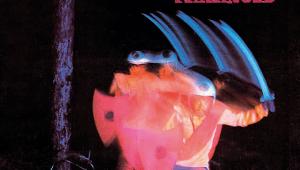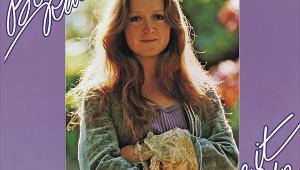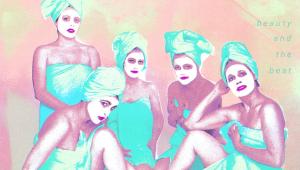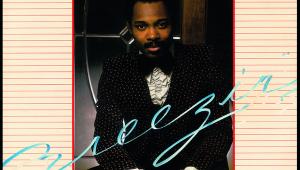Billy Cobham: Spectrum Page 2
In 1971, Ken Scott was working as an engineer with producer Gus Dudgeon [HFN Sep '20]on Elton John's Honky Chateau and Elton was enthusing about The Inner Mounting Flame. Scott didn't really get it to start with, but when The Mahavishnu Orchestra asked him to engineer their second album Birds Of Fire, at Trident studios [HFN Jan '22] in London in 1972, he gave the album a serious re-listen and was converted. 'It blew my mind – the energy, just everything about it', he said later. 'That energy continued all the way through, it almost became too dangerous for them.'
The group only lasted for about two-and-a-half years and Cobham has noted that while the musicians were drawn to each other like 'magnets' and produced some extraordinary music, they didn't have a great deal in common as people. And when disputes arose about McLaughlin taking all the compositional credit, the atmosphere became toxic.
![]()
Cobham realised that McLaughlin was going to dissolve the group and so he had secured a solo deal with Atlantic, assembling a band around himself and Jan Hammer, with Scott again asked to engineer. He describes his mood as one of desperation and that he needed to make an album that could at least be a 'calling card' for his abilities.
![]()
Flying High
'It was a natural transition for me', Cobham would say about his approach on Spectrum. 'We heard very strongly and very equally the rock 'n' roll situation as it tied into classic jazz. So it was very easy to combine the two if you were comfortable. And that's all it is. Fusion is a melting pot of different ideas that stem from what is considered jazz.'
And the stylistic fusion essentially came from the players Cobham had assembled. On bass was the talented session musician Lee Sklar and the rock element was provided by 21-year-old guitarist Tommy Bolin, a flash, flamboyant player who Cobham had first met in 1969, and who had recently joined The James Gang.
![]()
As Lee Sklar said: 'There was a sort of fire in it. It was new ground and it wasn't very analytical. It was more flying by the seat of your pants'.
The rockier tracks on Spectrum on which Bolin lets fly in spectacular fashion include 'Quadrant 4' and 'Taurian Matador', but Cobham showed himself to be a talented arranger and melodic writer across a number of musical styles.
On The Attack
The title track is based on an intricate shuffle rhythm with Miles Davis alumnus Ron Carter on bass and some delicious horn arrangements. Then there's 'Le Lis', which has a sinewy Latin groove garnished by Joe Farrell's flute melodies. 'To The Women In My Life', on the other hand, is a lyrical piano vignette written by Cobham but played by Hammer.
But the most famous track on Spectrum is 'Stratus', which rides out on Sklar's cyclical bass line over which Cobham plays a silky funk groove punctuated by spectacular drum breaks, with each beat delivered at mind-boggling speed.
![]()
When Cobham was interviewed in 2018 and quizzed about the number of times his music had been sampled, he seemed to have no idea that there were over 100 instances. 'I'm pretty comfortable with it', he replied, 'it's like involuntary advertising'. The most famous example of this is Massive Attack's 1991 international hit single 'Safe From Harm', on which the bass and drums on 'Stratus' are sampled and looped to fine effect.
Yet some pundits at the time criticised Cobham's playing for being too upfront, implying a drummer should know their place. 'I went, "No, this is me. Like it or lump it"', he told the FT in 2014.
Initially Cobham wondered if Spectrum might sell only 500 units, but it became the first drummer-led album to reach No 1 in the Billboard jazz charts. More surprisingly for an instrumental fusion album it hit No 26 in the Hot 200, and endures to this day as a classic of its genre.
















































